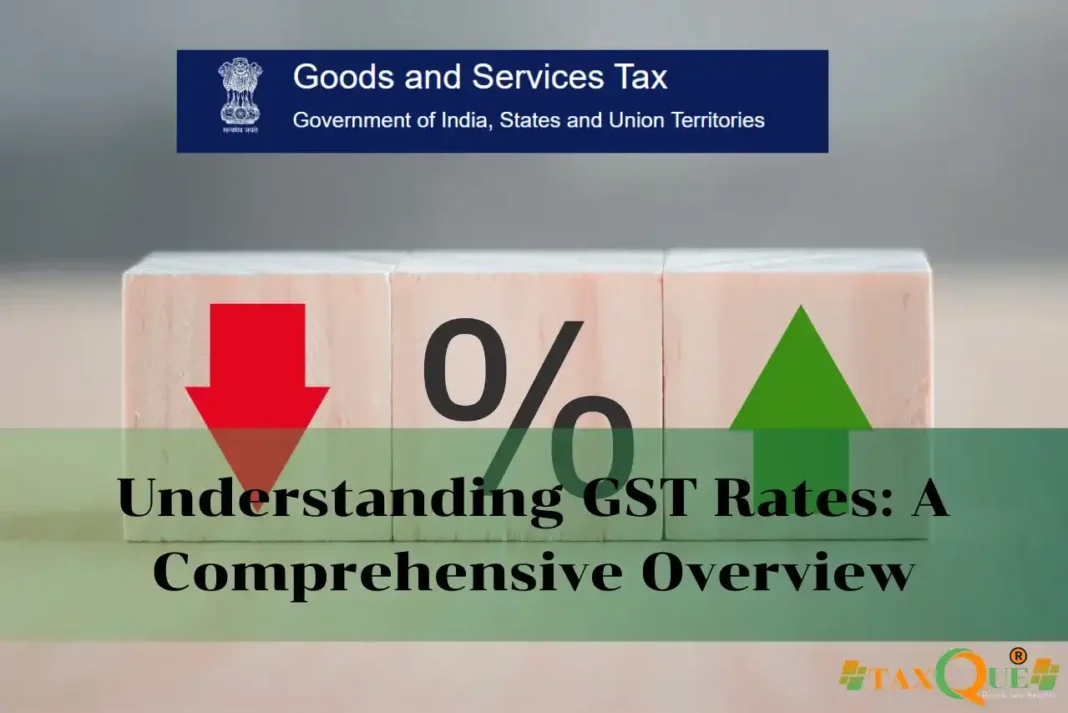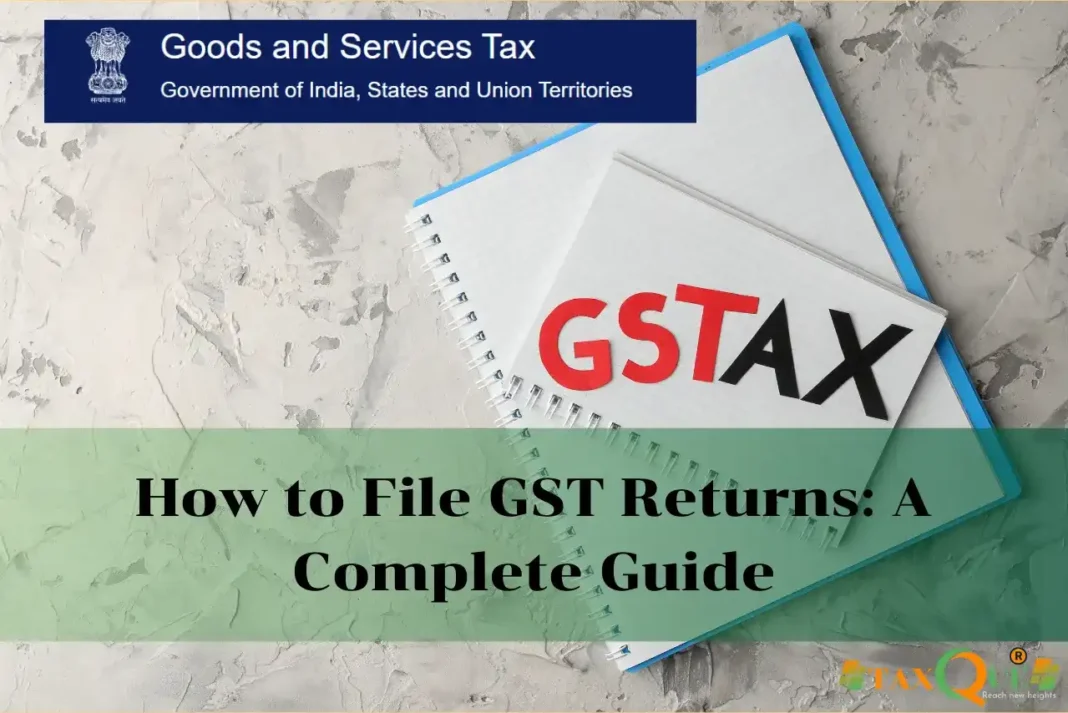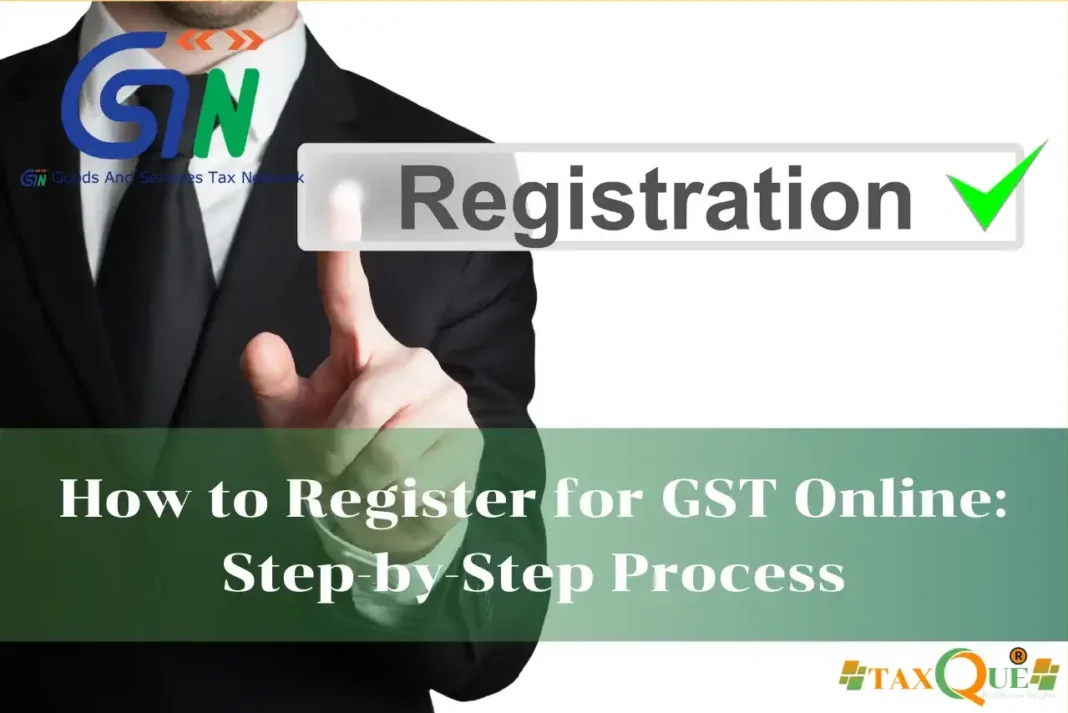Navigating Through GST Rates: Everything You Need to Know in 2025!
Introduction
Goods and Services Tax (GST) has become a key pillar of India’s tax system since its introduction in 2017. However, understanding the various GST rates and their applications can be challenging for many. This guide provides a detailed breakdown of GST rates, helping businesses and consumers navigate the complexity of the tax structure with ease.
What Are GST Rates?
GST rates in India are the taxes that are levied on the sale of goods and services. The rate applied depends on the classification of the goods or services in question. The GST Council, which meets regularly to decide on tax rates, has segmented goods and services into multiple tax brackets to ensure equitable taxation.
Why It Matters
- Clarity in Pricing: Understanding GST helps businesses price their products accurately.
- Tax Compliance: Correct GST rates are necessary for proper invoicing and returns filing.
- Consumer Impact: Different GST rates directly affect the cost of products and services for consumers.
- Business Strategy: Knowing the right rate helps businesses manage expenses and cash flow efficiently.
GST Rates in India: A Breakdown
1. The Four Main GST Rate Slabs
GST in India is divided into four main tax slabs. These categories ensure that essential goods and services are taxed lower while luxury and sin goods are taxed higher. Here’s a summary of the four key slabs:
| Rate | Applicable On |
|---|---|
| 5% | Essential items like food, footwear, and household items |
| 12% | Processed food, mobile phones, and specific services |
| 18% | Most goods and services (e.g., electronics, restaurants) |
| 28% | Luxury and sin items like high-end cars, tobacco products |
Note: Goods that are essential and have a wide consumption base are generally taxed at a lower rate (5%), while luxury items attract a higher rate (28%).
2. Special GST Categories
Some categories of goods and services are taxed outside the standard slabs. These are often products that the government deems critical to regulate, such as:
- Zero-rated: Exports (No GST)
- Exempted Goods/Services: Educational services, healthcare, and government services
- Non-GST Items: Alcohol for human consumption and petroleum products (still outside GST)
3. GST Rates on Goods vs Services
Goods and services are taxed differently under GST:
- Goods: Depending on their classification, goods can be taxed at 5%, 12%, 18%, or 28%.
- Services: Most services are taxed at 18%, except for certain essential or government-provided services, which may be exempt or taxed at 5% or 12%.
For example: Restaurants have a GST rate of 5% for food and beverage service, but 18% for air-conditioned restaurants with alcohol.
4. Key Examples of Common GST Rates
Here are some common goods and services along with their applicable GST rates:
- 5% GST:
- Unprocessed food items (fruits, vegetables, cereals)
- Health and educational services
- Books
- 12% GST:
- Processed foods (e.g., packaged snacks, sweetened beverages)
- Beauty and personal care products (e.g., shampoos, soaps)
- 18% GST:
- Mobile phones, computers, and electronics
- Restaurants and hotels (non-luxury)
- Services like IT consulting, legal services
- 28% GST:
- Luxury cars, high-end watches, and air conditioners
- Tobacco products and aerated drinks
5. GST Council’s Role in Rate Changes
The GST Council is responsible for making changes to the GST rates based on various factors like economic conditions, government needs, and the welfare of the people. It ensures that the tax system remains balanced and responsive to changing market dynamics.
Example: The GST Council has occasionally reduced the tax rates on essential goods like sanitary napkins and certain processed foods.
Common Mistakes to Avoid
- Not Knowing the Correct GST Rate: Incorrectly applying the wrong GST rate can lead to penalties and audits.
- Mixing Up Goods and Services: Goods and services often have different tax slabs—know the difference.
- Not Taking Input Tax Credit: You are eligible to claim input tax credits if you are registered under GST—don’t miss out on potential savings.
- Improper Documentation: Ensure proper categorization of goods and services to avoid delays and errors in returns.
Conclusion
GST rates are a crucial part of India’s tax system, and understanding them can significantly impact businesses and consumers alike. Whether you are a business owner, consumer, or tax professional, grasping the structure and various rates under GST is vital for smooth operations. Keep up-to-date with the latest changes in GST rates, as they can evolve over time to benefit different sectors and promote economic growth.
Stay informed and ensure you are applying the correct rates to avoid errors in your filings.
FAQs
Q1. Can GST rates change over time?
Yes, the GST Council meets periodically to revise and set new tax rates based on changing needs.
Q2. What should I do if I apply the wrong GST rate?
If you realize you’ve used the wrong GST rate, you need to correct it by issuing a revised invoice or filing an amended return.
Q3. Are there any items that are exempt from GST?
Yes, essential items like certain food products, healthcare, and educational services are exempt from GST.
Q4. Can GST be claimed on interstate purchases?
Yes, businesses can claim Input Tax Credit (ITC) on interstate purchases, subject to the applicable GST rate.
Q5. How do GST rates affect my product pricing?
If you are a seller, knowing the correct GST rate helps in accurately pricing your products to reflect taxes and ensure compliance with legal requirements.





